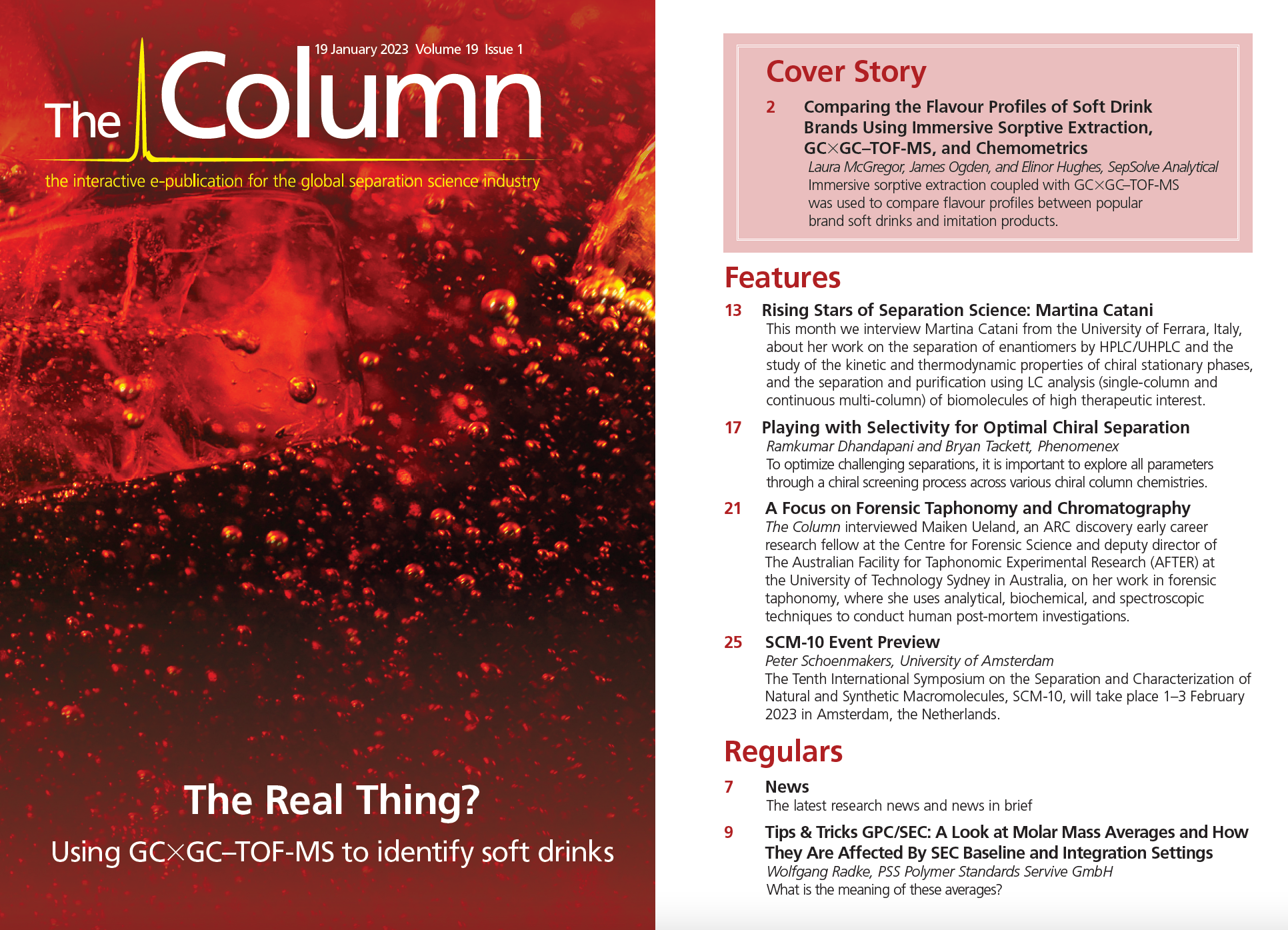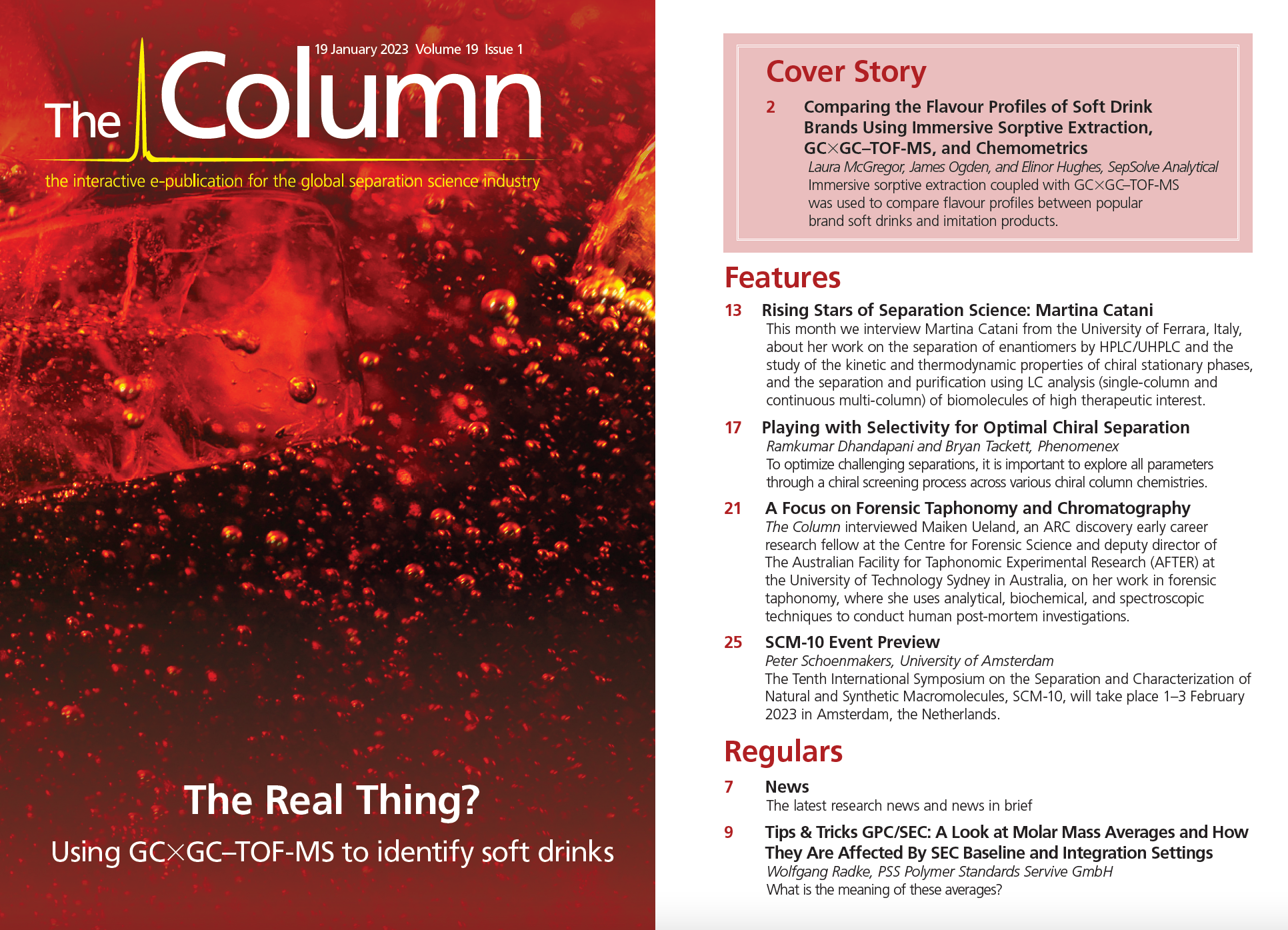Agilent Achieves “Angel” Level Sponsorship of My Green Lab
Agilent Technologies Inc. (Santa Clara, California, USA) has announced that it has become the first “Angel” level sponsor of My Green Lab, a nonprofit organization devoted to building a global culture of sustainability in science.
Agilent is also sponsor of the My Green Lab Certification programme, and is working hard to ensure its global on-site customer demonstration laboratories are Green Lab Certified. The company has already achieved the highest level certification for the Waldbronn, Germany, Cheadle, UK, and Santa Clara, USA, sites.
“Sustainability and environmental, social, and governance (ESG) standards are central to our mission to advance the quality of life, and our sponsorship of My Green Lab helps us to drive this forward,” said Darlene Solomon, senior vice president, and chief technology officer at Agilent. “Being an ‘Angel’ level sponsor will further cultivate our knowledge of creating sustainable green labs, which we can share with our customers globally and support them on their sustainability journey.”
Recognized by the United Nations Race to Zero campaign as a measure of progress for pharmaceutical and medical technology companies toward a zero-carbon future, the certification indicates that a laboratory has achieved strong sustainability practices in energy use, water consumption, recycling, and waste production.
For more information, please visit: www.agilent.com

A Novel LC–QTOF-MS DIA Method for Pesticide Quantification and Screening in Agricultural Waters
May 8th 2025Scientists from the University of Santiago de Compostela developed a liquid chromatography quadrupole time-of-flight mass spectrometry (LC–QTOF-MS) operated in data-independent acquisition (DIA) mode for pesticide quantification in agriculturally impacted waters.
Distinguishing Alcohol- from Non-Alcohol-Associated Liver Cirrhosis with LC-MS
May 7th 2025A pilot study investigating whether nicotinamide adenine dinucleotide kinase (NADK) expression is selectively diminished in alcohol-associated liver cirrhosis (AC), as well as evaluating its potential as a biomarker for this condition, measured AC and non-AC (NAC). Nicotinamide adenine dinucleotide (NAD+) and nicotinamide adenine dinucleotide phosphate (NADP+) levels in human liver samples were measured using liquid chromatography-mass spectrometry (LC-MS).
Detecting Hyper-Fast Chromatographic Peaks Using Ion Mobility Spectrometry
May 6th 2025Ion mobility spectrometers can detect trace compounds quickly, though they can face various issues with detecting certain peaks. University of Hannover scientists created a new system for resolving hyper-fast gas chromatography (GC) peaks.

.png&w=3840&q=75)

.png&w=3840&q=75)



.png&w=3840&q=75)



.png&w=3840&q=75)












